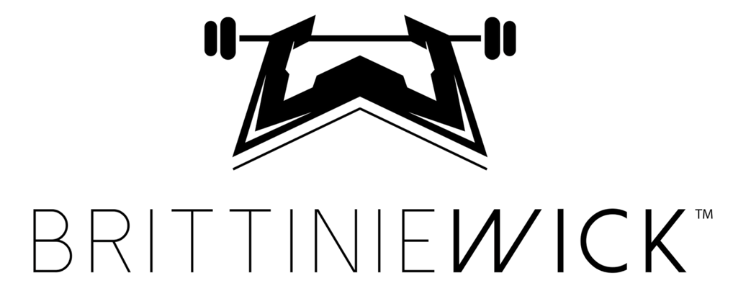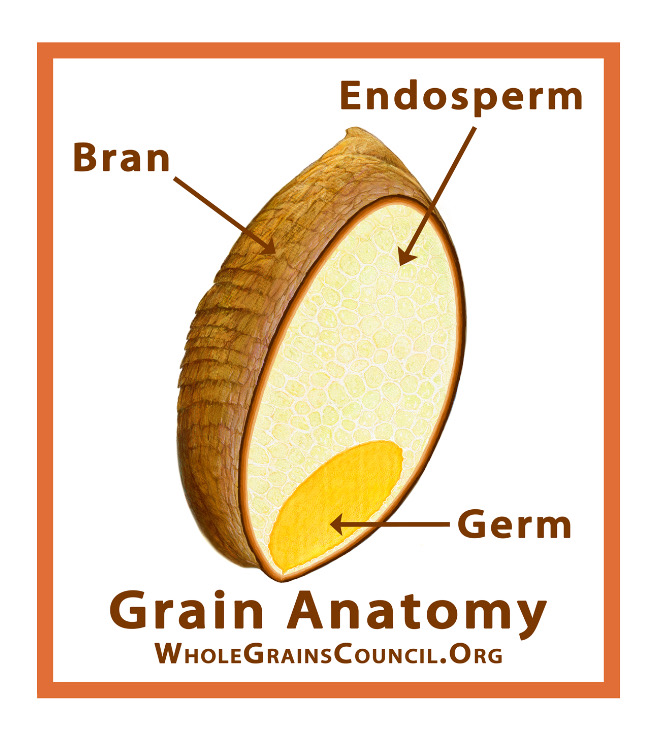Whole wheat and grains rains are not bad for you!
They have plenty of nutrients and offer a variety of health benefits (reduced risk of type 2 diabetes and cardiovascular disease).
Whole wheat is one kind of whole grain, so all whole wheat is whole grain, but not all whole grains are whole wheat.
When buying whole wheat bread – or any whole wheat or whole grain product – Aim to eat carbohydrates with at least 3g of fiber (25-35g of fiber per day is ideal – the average American eats about 11-13g of fiber).
All grains start life as whole grains.
In their natural state growing in the fields, whole grains are the entire seed of a plant. This seed (also called a “kernel”) is made up of three edible parts – the bran, the germ, and the endosperm – protected by an inedible husk that protects the kernel from assaults by sunlight, pests, water, and disease.
A grain is considered to be a whole grain as long as all three original parts — the bran, germ, and endosperm — are still present in the same proportions as when the grain was growing in the fields.
How to make a grain bowl!
Step 1: Choose a grain and cook it.
Brown rice
Buckwheat
Bulgur (cracked wheat)
Oatmeal
Rolled oats
Quinoa
High fiber cereal
Whole grain barley
Whole grain cornmeal
Wild rice
Step 2: Choose a protein
Grilled chicken
Marinated tofu
Hard-boiled eggs
Nuts
Beans
Step 3: Throw in your favorite vegetables and fruit
Step 4: Dress it up.
Any vinaigrette will do, whether it’s homemade or store bought, so go ahead and use whatever you have on hand.
If you’re making your own, I recommend a ratio of one part vinegar to three parts oil. For a creamier dressing, mustard or tahini make a great addition, and I like adding a few dashes of hot sauce for a little extra kick.




Leave a Comment